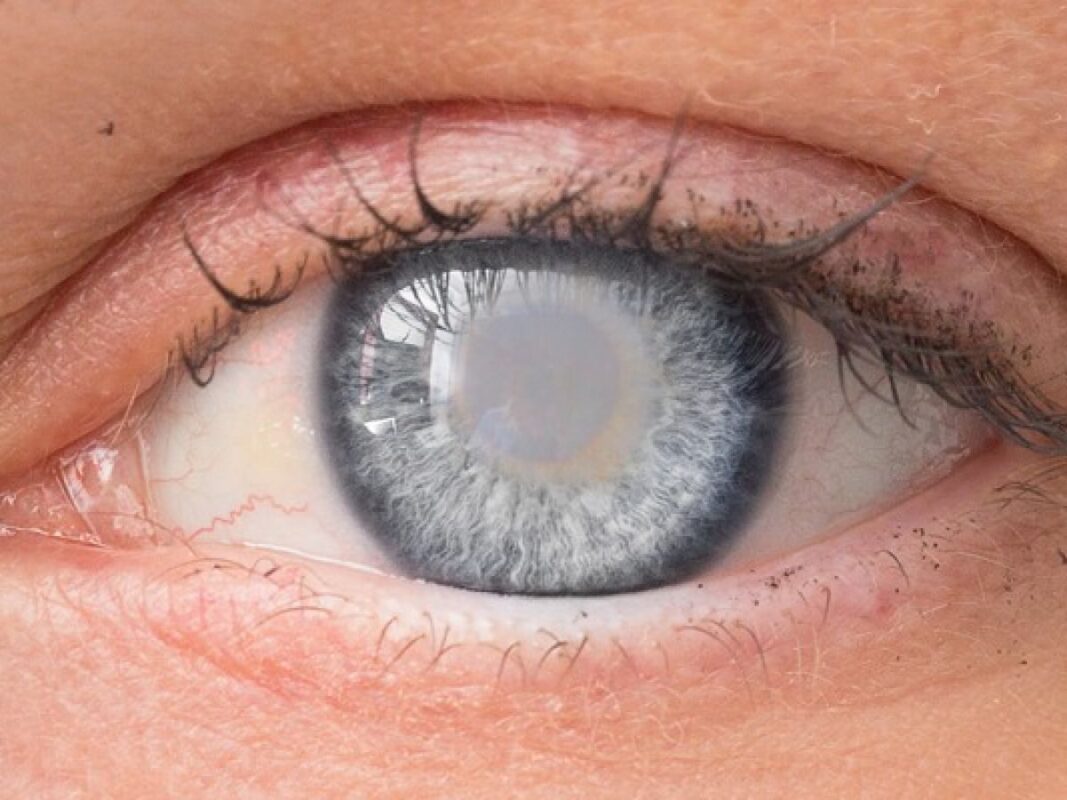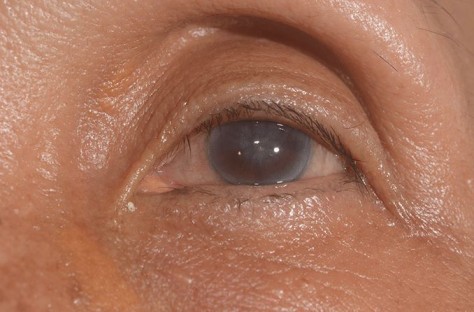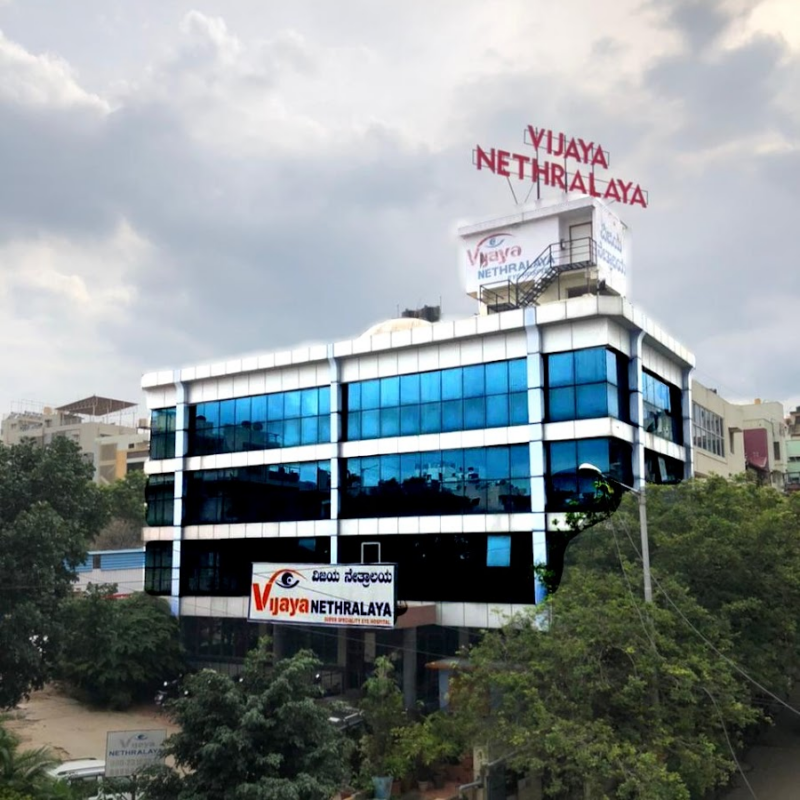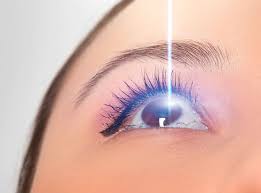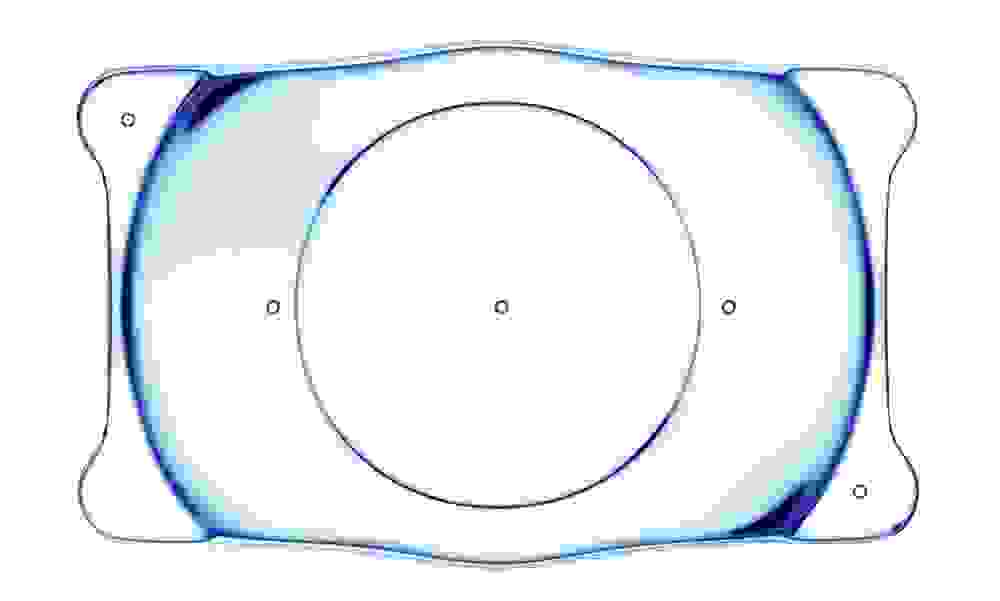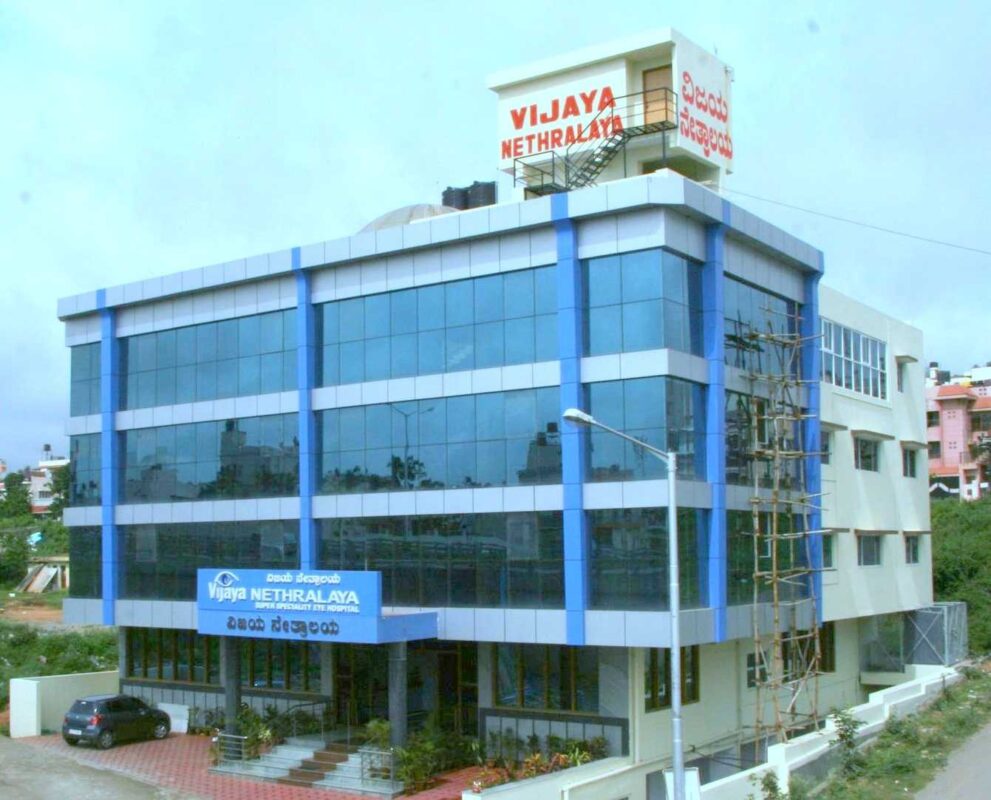Introduction:
Cataract surgery vs premium lens in that cataract surgery is a common and highly successful procedure for treating cataracts, a condition characterized by the clouding of the eye’s natural lens. During cataract surgery, the cloudy lens is removed and replaced with an artificial lens, known as an intraocular lens (IOL). When considering cataract surgery, patients often have the option to choose between standard and premium lenses. Different lens types, benefits, drawbacks, and factors to consider.
I. Understanding Standard Lenses
Standard lenses, also known as monofocal lenses, are the traditional and most commonly used intraocular lens (IOLs) in cataract surgery. These intraocular lens have a single focal point, meaning they provide clear vision at a fixed distance, typically for either near, intermediate, or distance vision. Here, we will explore the features, benefits, limitations, and considerations associated with standard intraocular lens.
1. Definition and Features:
Standard intraocular lens are designed to provide clear vision at a specific distance, typically either near, intermediate, or distance vision.
They are available in different materials, such as acrylic or silicone, each with its own set of characteristics.
These lenses are fixed and do not adjust or accommodate for changes in focusing distance.
2. Monofocal Lenses: The Basics:
Monofocal lenses have a single focusing power, enabling sharp vision at a predetermined distance.
Patients use reading glasses or bifocals for near vision correction.
Some individuals choose to have monofocal lenses adjusted for intermediate vision, suitable for activities like computer work or playing a musical instrument.
3. Benefits of Standard Lenses:
Standard intraocular lens are known for their reliability, safety, and long-term track record.
They provide excellent visual outcomes at the chosen focal distance, with a high rate of patient satisfaction.
They are generally less expensive compared to premium lenses, making them a more affordable option for many patients.
4. Limitations and Considerations:
Standard lenses do not correct presbyopia, the age-related loss of near vision, without the need for glasses.
Patients who choose standard lenses for distance vision will still require glasses for near tasks.
Corrective eyewear is necessary for activities such as reading, using smartphones, or performing detailed work at close distances.
Individuals with astigmatism may need additional procedures, such as limbal relaxing incisions or laser vision correction, to address their astigmatism in conjunction with standard lenses.

II. Unveiling Premium Lenses
Premium lenses, also referred to as advanced technology intraocular lenses (ATIOLs), are a newer generation of intraocular lenses used in cataract surgery. These lenses offer advanced features beyond the standard monofocal lenses, providing patients with enhanced visual options and reducing the reliance on glasses for various distances. Let’s explore the definition, types, benefits, considerations, and potential drawbacks of premium lenses.
1. Definition and Types of Premium Lenses:
Premium lenses encompass different types of intraocular lenses designed to address specific visual needs:
a. Multifocal Lenses: These lenses have multiple focal points, enabling clear vision at various distances, such as near, intermediate, and distance vision.
b. Accommodating Lenses: Accommodating lenses mimic the natural focusing ability of the eye, allowing for a range of vision without the need for glasses.
c. Toric Lenses: Toric lenses correct astigmatism, providing clear vision for individuals with astigmatism along with cataracts.
2. Enhanced Vision Options with Premium Lenses:
Premium lenses offer the potential for reduced dependence on glasses by providing a broader range of vision.
Multifocal lenses can provide clear vision at multiple distances simultaneously, reducing the need for reading glasses or bifocals.
Accommodating lenses can adjust focus dynamically, offering a continuous range of vision without the need for glasses.
Toric lenses correct astigmatism, addressing both cataracts and astigmatism in a single procedure.
3. Potential Drawbacks and Considerations:
Some individuals may experience visual disturbances such as glare, halos, or reduced contrast sensitivity with premium lenses, particularly with multifocal lenses.
Not all patients are suitable candidates for premium lenses, as factors such as ocular health, corneal abnormalities, or specific eye conditions may affect the lens choice.
Premium lenses are generally more expensive than standard intraocular lens, and insurance coverage may vary.
It’s important to have realistic expectations and discuss potential risks and benefits with your ophthalmologist.

CALL NOW
Conclusion and Final Considerations
Choosing between standard and premium lenses for cataract surgery is a decision that should be made in consultation with your ophthalmologist, considering various factors such as lifestyle, visual needs, and budget. While standard lenses provide reliable visual outcomes, premium lenses offer additional benefits but come with certain considerations and potential risks. Ultimately, the right choice depends on individual preferences and expectations.
Author Details:

Dr. Sushruth Appajigowda is a well-known Cornea, Cataract, Glaucoma and LASIK Surgeon in Bangalore, and the chief Cataract and Refractive surgeon at Vijaya Nethralaya Eye Hospital, Nagarbhavi Bangalore. Known as one of the best LASIK surgeons in the country, he has over 12+ years of experience with multiple platforms of LASIK like ZEISS, ALCON, SCHWIND, AMO, and Bausch and Lomb. He has conducted over 5000 LASIK. Dr Sushruth is a Certified Refractive Surgeon and Fellow of All India Collegium Of Ophthalmology. He is recognised speaker in various National and International Forums. His expertise lies in choosing the right type of procedure for you based on your health requirement. You can schedule an appointment by scanning the QR Below or clicking the link below the QR and say bye to glasses forever!




